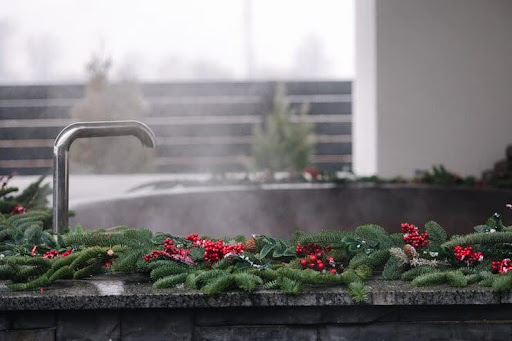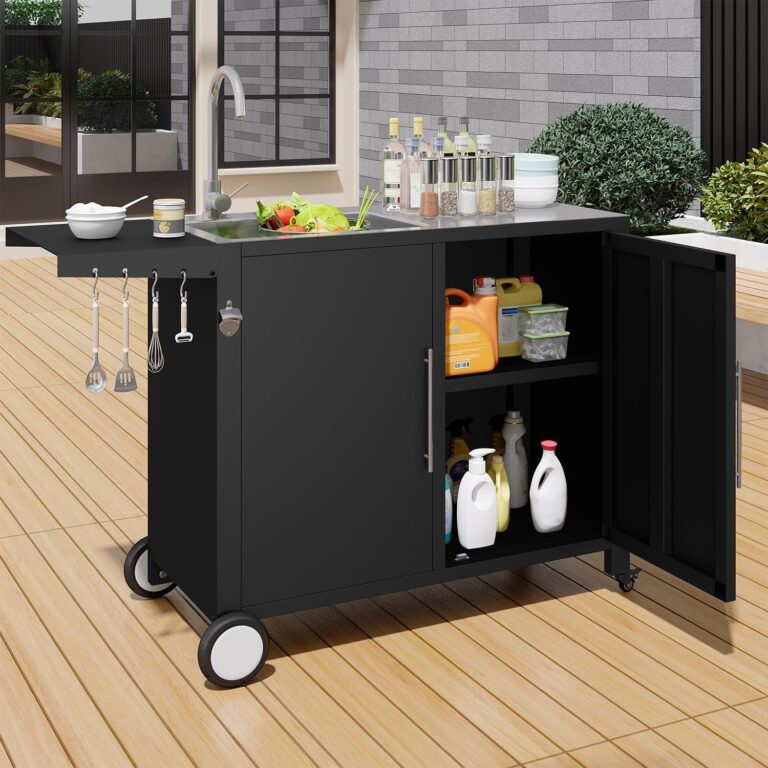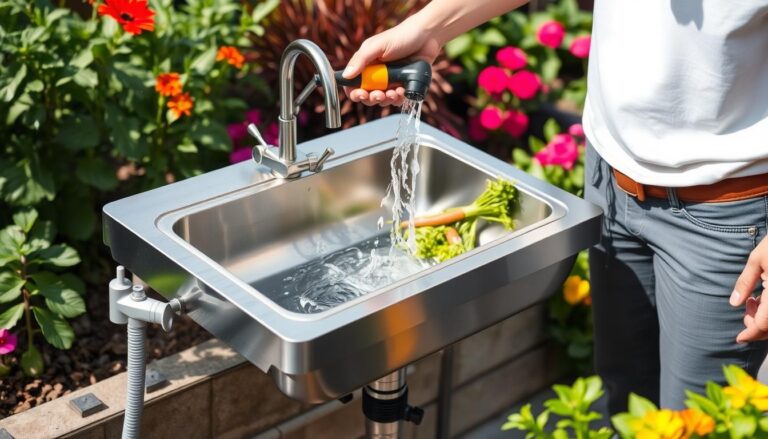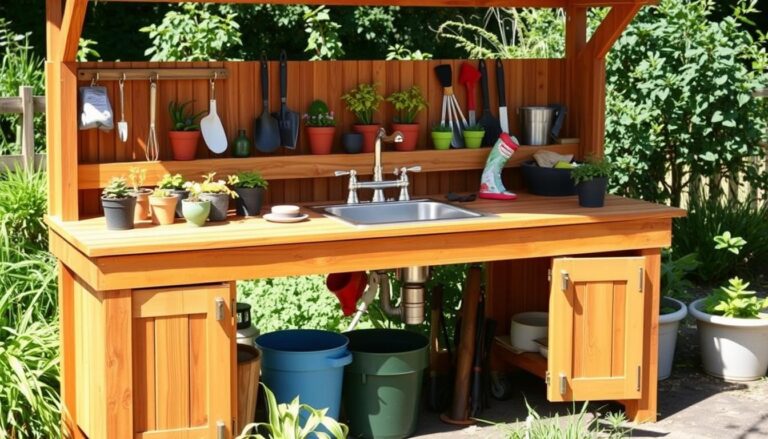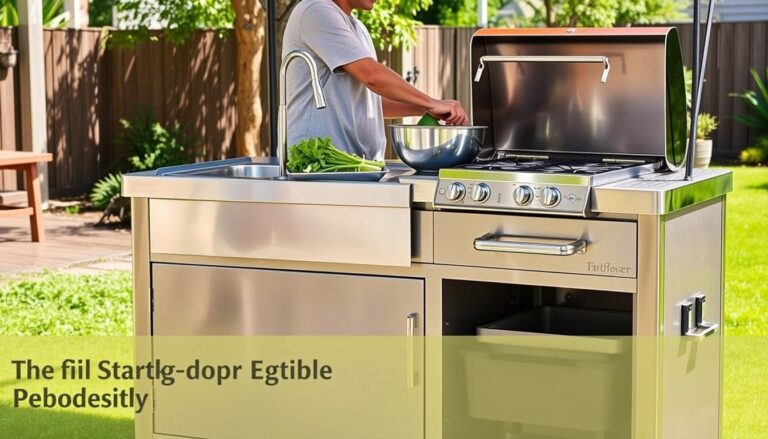How to Prevent an Outdoor Sink from Freezing- 8 simple steps
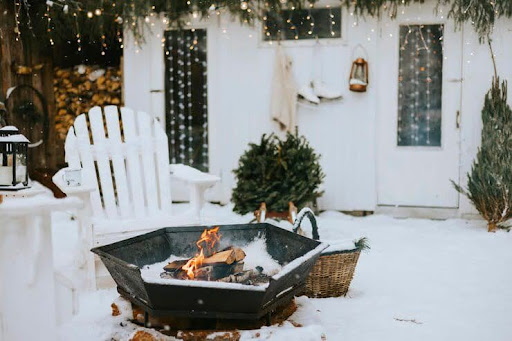
Winter can wreak havoc on your outdoor sink, leading to frozen pipes, cracks, and costly repairs. But with the right precautions, you can keep your outdoor sink functional year-round. In this guide, we’ll share proven methods on how to prevent an outdoor sink from freezing, from insulating pipes to installing frost-proof faucets. Whether you use your outdoor sink for gardening, washing, or entertaining, these easy and effective solutions will help you avoid winter damage. Keep reading to learn how to protect your outdoor plumbing from freezing temperatures!
1. Drain the Pipes and Sink Completely
Water left in the pipes and sink can freeze and expand, which can cause burst pipes. Follow these steps to drain your outdoor sink, Before winter arrives
- Turn off the water resources to the sink.
- Open the faucet to release any remaining water.
- Drain and disconnect any hoses connected to the sink.
- Use an air compressor or hair dryer to blow out the remaining water from the hoses.
2. Insulate the Pipes and Faucet
Proper insulation helps prevent your sink from freezing. Follow these options:
- Cover exposed pipes with foam pipe insulation sleeves.
- Wrap the tap with isolating covers or thick towels.
- Apply heat tape to pipes for protection against ultimate cold.
3. Install a Freeze-Proof Faucet
Freeze-proof or frost-free faucets are designed to stop freezing by draining water into a warm area when shut off. If you live in an area with extreme winters, replacing your ordinary faucet with a freeze-proof one is a fruitful investment.
4. Use a Heated Cable or Tape
Heat trace cables or heat tape can keep your pipes and sink warm during winter. Just cover them around the pipes and plug them into an outlet. These products have built-in thermostats that work when the temperature drops below a specific point.
5. Enclose the Sink in an Insulated Cabinet
If your outdoor sink is part of an outdoor kitchen or workbench, consider enclosing it in an insulated cabinet. This helps trap heat and reduce exposure to freezing air. Adding a small space heater or heat lamp inside the enclosure can further prevent freezing.
6. Let the Faucet Drip
If a deep freeze is approaching and you can’t winterise your sink completely, leave the faucet dripping slightly. Moving water is less likely to freeze, reducing the risk of frozen pipes.
7. Use Antifreeze for Seasonal Closures
If you won’t be using your outdoor sink for the entire winter, consider pouring RV antifreeze (non-toxic) into the drain to prevent water from freezing in the P-trap and pipes.
8. Cover the Sink and Faucet
A weatherproof cover can protect your outdoor sink from snow, ice, and harsh wind. You can buy insulated faucet covers or use thick plastic and fabric to create a DIY wrap.
Conclusion
Keeping your outdoor sink from freezing during winter is essential to avoid costly damage and ensure year-round functionality. By following the steps outlined in this guide—such as insulating pipes, using frost-proof faucets, installing heat tape, and draining water before freezing temperatures—you can effectively protect your outdoor plumbing.
Don’t wait until the first freeze to take action. Proactively winterizing your outdoor sink will save you time, money, and hassle. Whether you rely on it for gardening, cleaning, or outdoor entertaining, these simple yet effective strategies will help you maintain a freeze-proof setup all season long.
Now that you know how to prevent an outdoor sink from freezing, take the necessary steps today and enjoy a worry-free winter!

